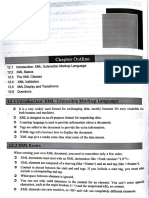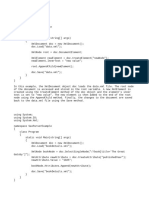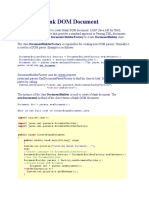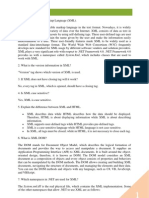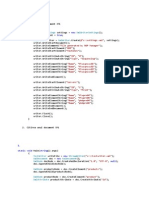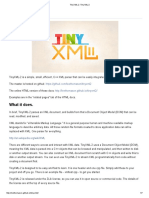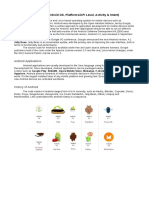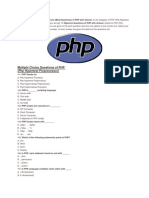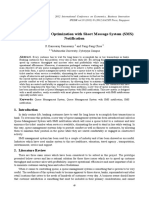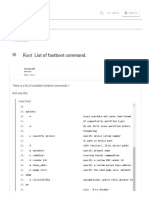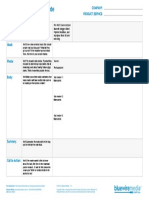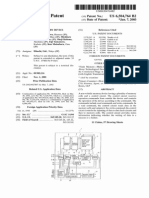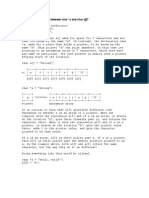0% found this document useful (0 votes)
107 views32 pagesMIS 21 - Introduction To Applications Development
XML allows for storing and describing data using simple text files through tags. It is software and hardware independent. An XML document contains nodes like elements, attributes, and text. Elements can contain other elements or text. Attributes provide alternative storage of data in an element's opening tag. The document is loaded, elements are accessed and can be displayed, added, updated, or deleted before saving changes.
Uploaded by
Joseph JeremyCopyright
© © All Rights Reserved
We take content rights seriously. If you suspect this is your content, claim it here.
Available Formats
Download as PPT, PDF, TXT or read online on Scribd
0% found this document useful (0 votes)
107 views32 pagesMIS 21 - Introduction To Applications Development
XML allows for storing and describing data using simple text files through tags. It is software and hardware independent. An XML document contains nodes like elements, attributes, and text. Elements can contain other elements or text. Attributes provide alternative storage of data in an element's opening tag. The document is loaded, elements are accessed and can be displayed, added, updated, or deleted before saving changes.
Uploaded by
Joseph JeremyCopyright
© © All Rights Reserved
We take content rights seriously. If you suspect this is your content, claim it here.
Available Formats
Download as PPT, PDF, TXT or read online on Scribd
/ 32

